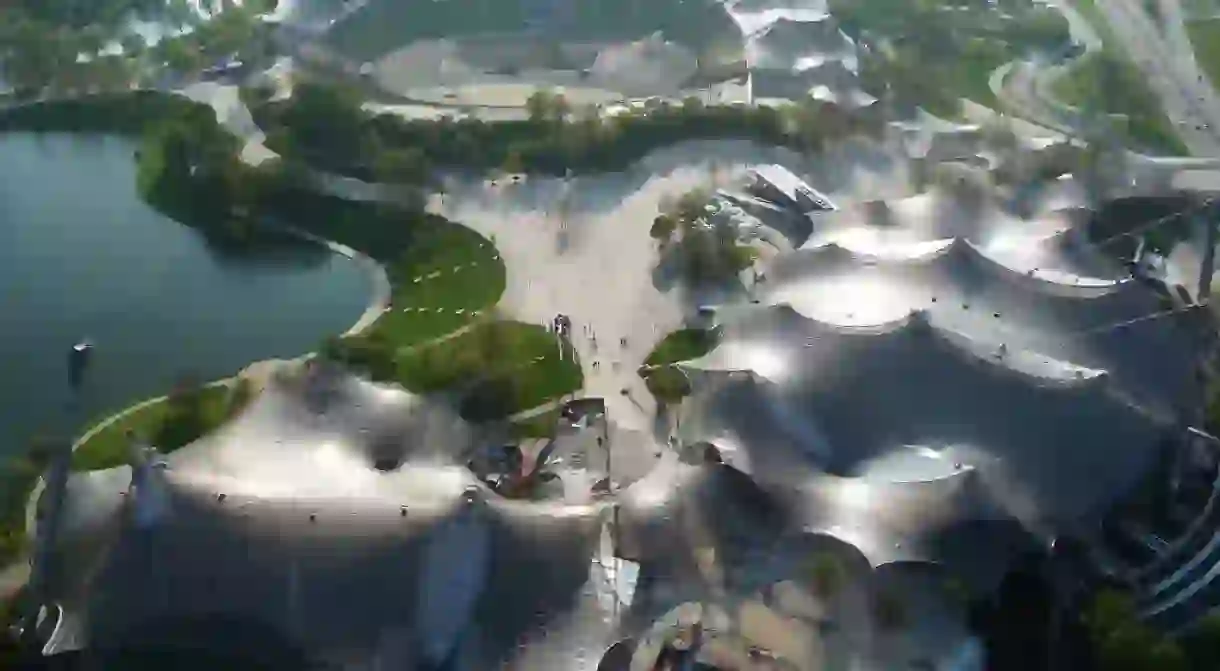Epic Places in Munich Every Local is Proud Of

Steeped in history, Bavaria’s capital is packed full of stunning buildings, areas of natural beauty, and historically significant places. If you’re visiting Munich, it can be hard to know where to start in a city with so much to offer. Covering everything from the well-known Christmas markets and Oktoberfest celebration, to the more subtle tributes to those who resisted the Nazis, here are the must-see places in Munich that locals are proud to share.
The Englisch Garten
Park
BMW Welt and Museum
It might seem strange that Müncheners are proud of a company headquarters, but it’s true. BMW actually stands for the Bayerishe Motoren Werke, and as the capital city of Bavaria, Munich is intensely loyal to the brand and its HQ which has been in the city for over 40 years. BMW World has taken that pride and turned its HQ into a hub for the city; as well as the practical things like offices and a sales centre, it regularly hosts events and exhibitions, as well as family days with reduced entry and child-friendly activities.
Frauenkirche
Cathedral, Church
Viscardigasse
While most people admire the front of the Feldherrnhalle at Odeonsplatz, it has a chequered past. Under the Third Reich it was used as a monument to members of the Nazi party who had died in the Beer Hall Putsch, and residents were supposed to salute the monument as they walked past. For those who could not bring themselves to make the Nazi salute, they used to nip down a small side street that runs behind the monument to avoid it. With just this small act of defiance they were risking a beating or even the concentration camp. Today, there’s a series of gold paving stones that marks both the route they took and their bravery.
Anywhere along the Isar
Müncheners love to be outdoors, and take pride in having a green city that allows them to do just that. There are many beautiful spots along the Isar to sit back and enjoy the sun. One of the most picturesque is near the Müller´sches Volksbad and Muffatswerk, just off Ludwigsbruke. Head to the Deutsches Museum tram stop, then follow the smell of BBQs and sound of swimmers down to the riverside. As you eat and relax, wave to the tubers and boaters that float past. To complete your picnic in true Münchener style, cool your crate of Augustiner beer in the river!

Oktoberfest
Though there’s a lot of grumbling about prices, lost traditions and drunk stag parties when Oktoberfest starts, it is a core part of Munich’s identity and something the city is incredibly proud of. The festival has been going for over 200 years and has grown from a modest event to celebrate a king’s marriage, to the biggest festival in the world. Each year, over 6 million people descend on Bavaria’s capital to eat, drink, and be merry. The fact that the city manages to pull it off is a testament to both German efficiency and Bayerisch hospitality.

Deutsches Museum
Museum

Olympiapark
Park, Stadium














